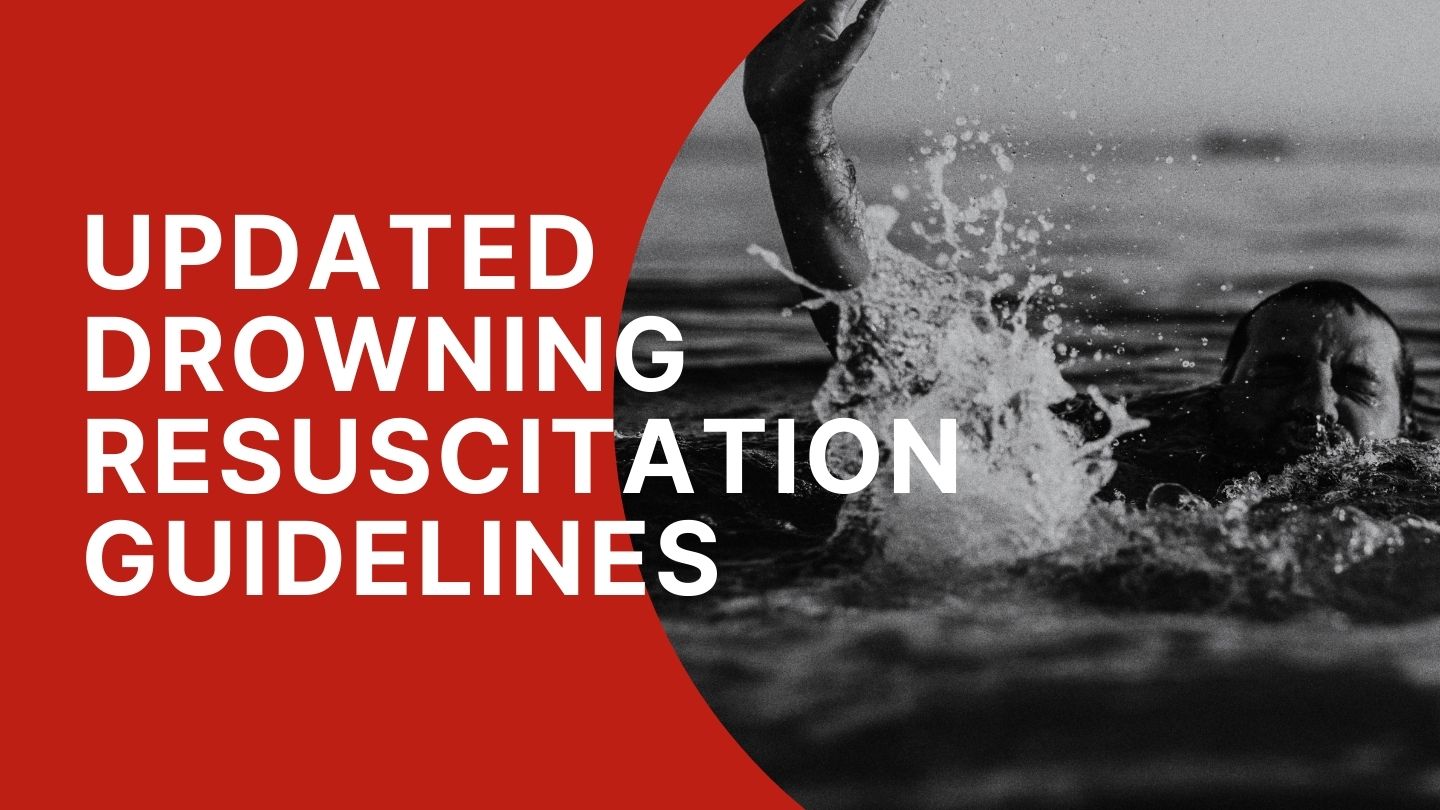
In November 2024, the American Heart Association (AHA) and the American Academy of Pediatrics (AAP) jointly released a focused update on resuscitation following drowning incidents. This update provides critical guidance for trained rescuers, emphasizing the importance of rescue breaths as an integral part of CPR when managing cardiac arrest due to drowning.
Focus on Rescue Breaths
Unlike cardiac arrests caused by other conditions, cardiac arrests following drowning are typically hypoxic in nature, meaning they result from a lack of oxygen. The updated guidelines highlight that in such cases, rescue breaths are vital for replenishing oxygen levels in the blood and preventing further complications.
For trained rescuers, the guidelines recommend starting CPR with rescue breaths before compressions. In-water rescue breathing is also encouraged when it can be safely administered. This approach allows oxygenation to begin immediately, potentially preventing the cardiac arrest from worsening. The evidence supporting this practice indicates a significant improvement in survival rates and neurological outcomes when rescue breaths are prioritized in drowning scenarios.
Emphasis on Early Intervention
The guidelines stress that early intervention is critical in drowning cases. Prompt rescue breathing, when combined with other resuscitation efforts, can significantly improve the chances of survival. This tailored approach acknowledges the unique pathophysiology of drowning-related cardiac arrests, where hypoxia, rather than primary cardiac failure, is the primary cause.
The AHA and AAP also highlight the importance of training for individuals likely to respond to drowning incidents, such as lifeguards, water safety instructors, and first responders. Training programs should incorporate these updated protocols, focusing on the safe and effective delivery of rescue breaths.
Impact on Resuscitation Practices
The 2024 update underscores the importance of tailoring resuscitation techniques to specific emergencies. By addressing the unique needs of drowning victims, the guidelines aim to enhance the overall effectiveness of CPR and improve survival rates in aquatic emergencies.
Healthcare providers and first responders are encouraged to familiarize themselves with these updated protocols. The emphasis on rescue breaths and early oxygenation reflects a broader commitment to evidence-based practices that address the nuances of drowning resuscitation.
Sources